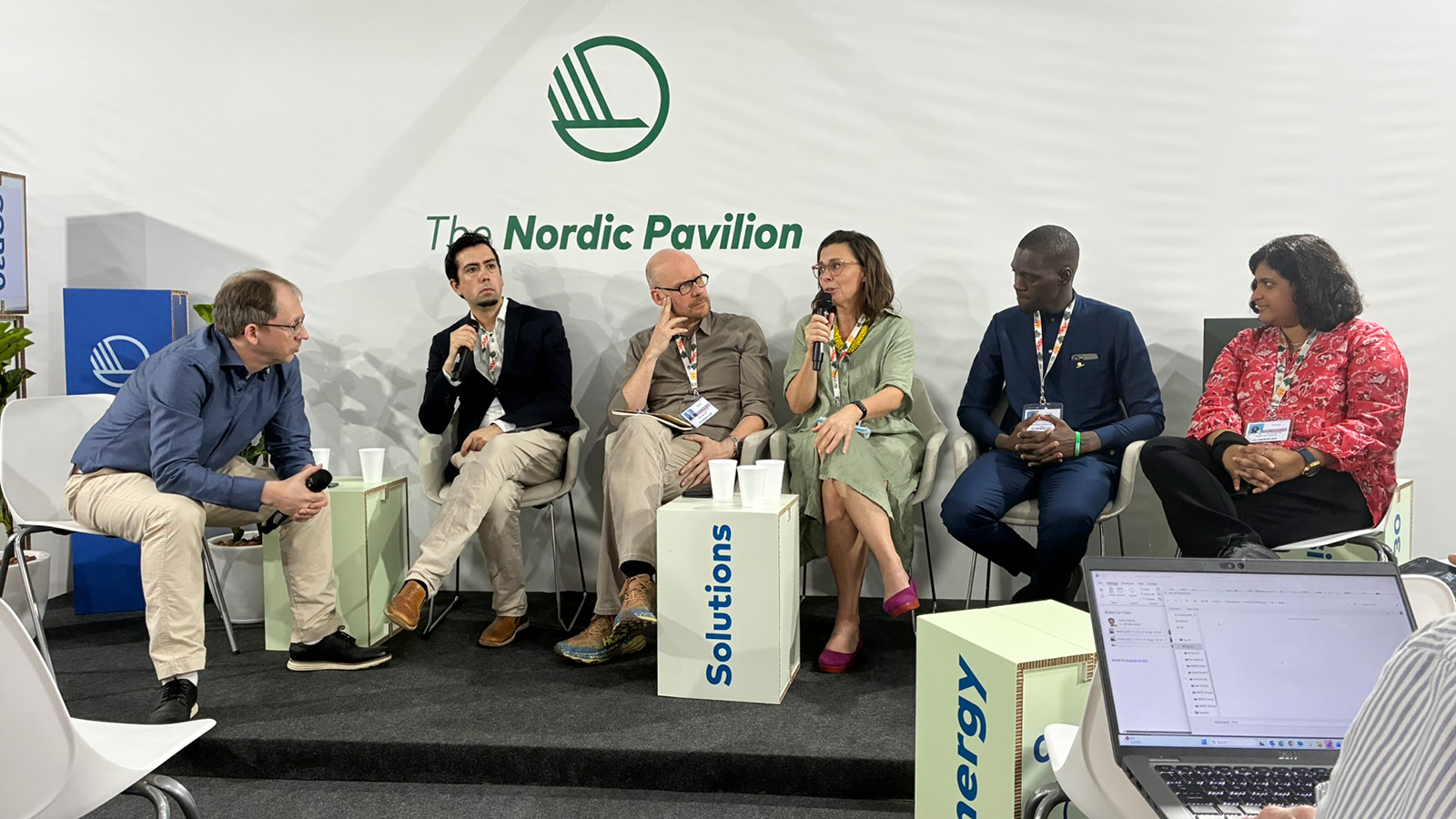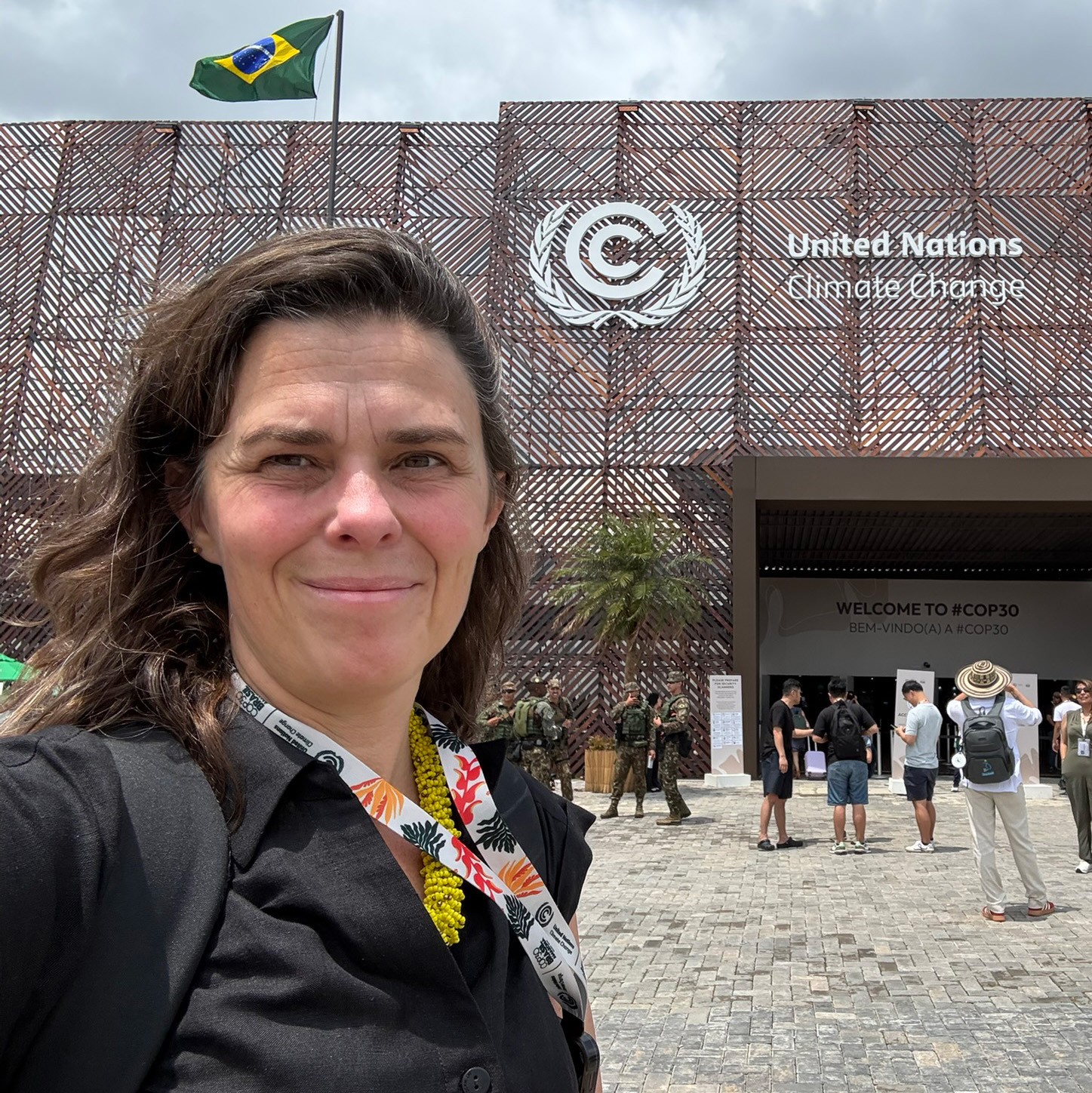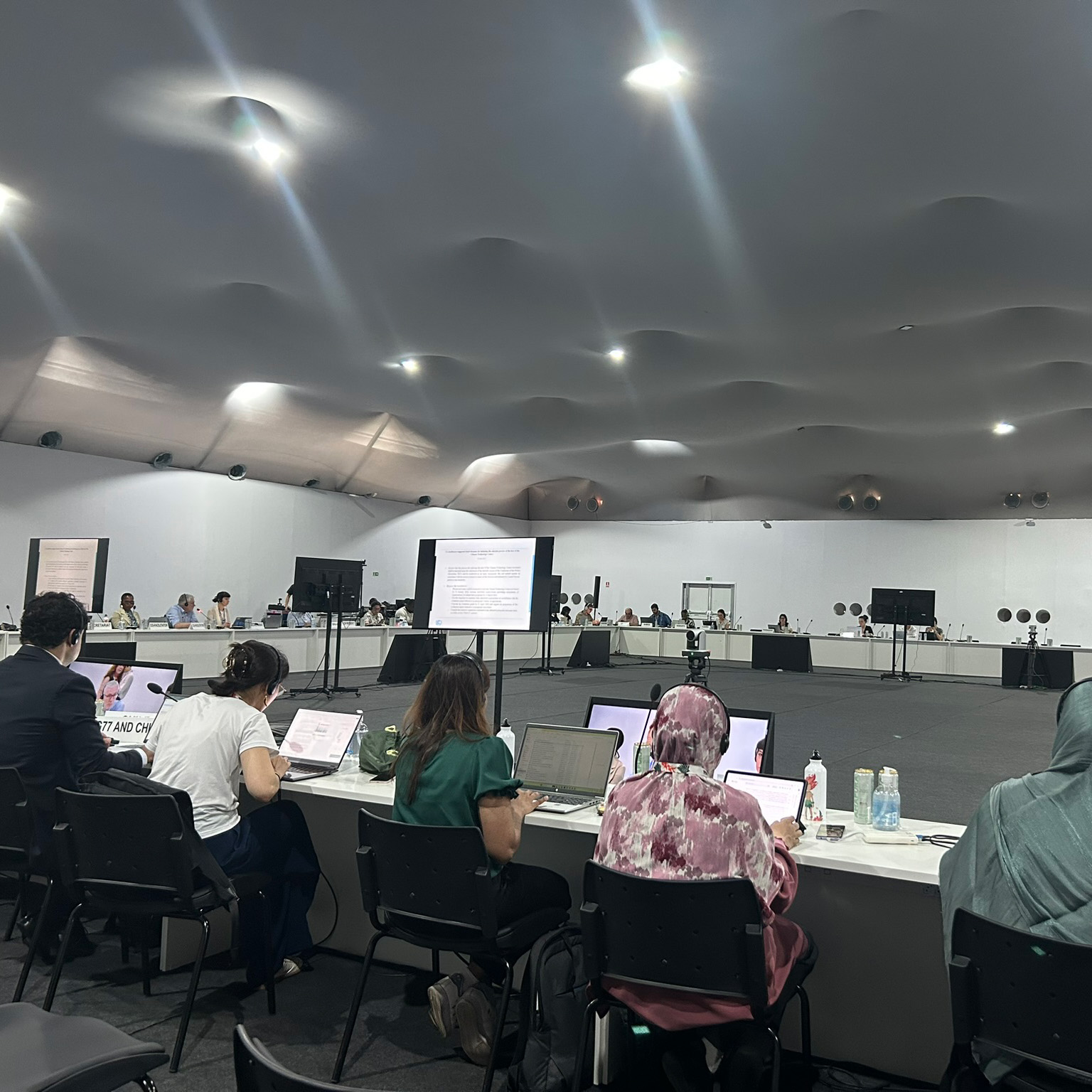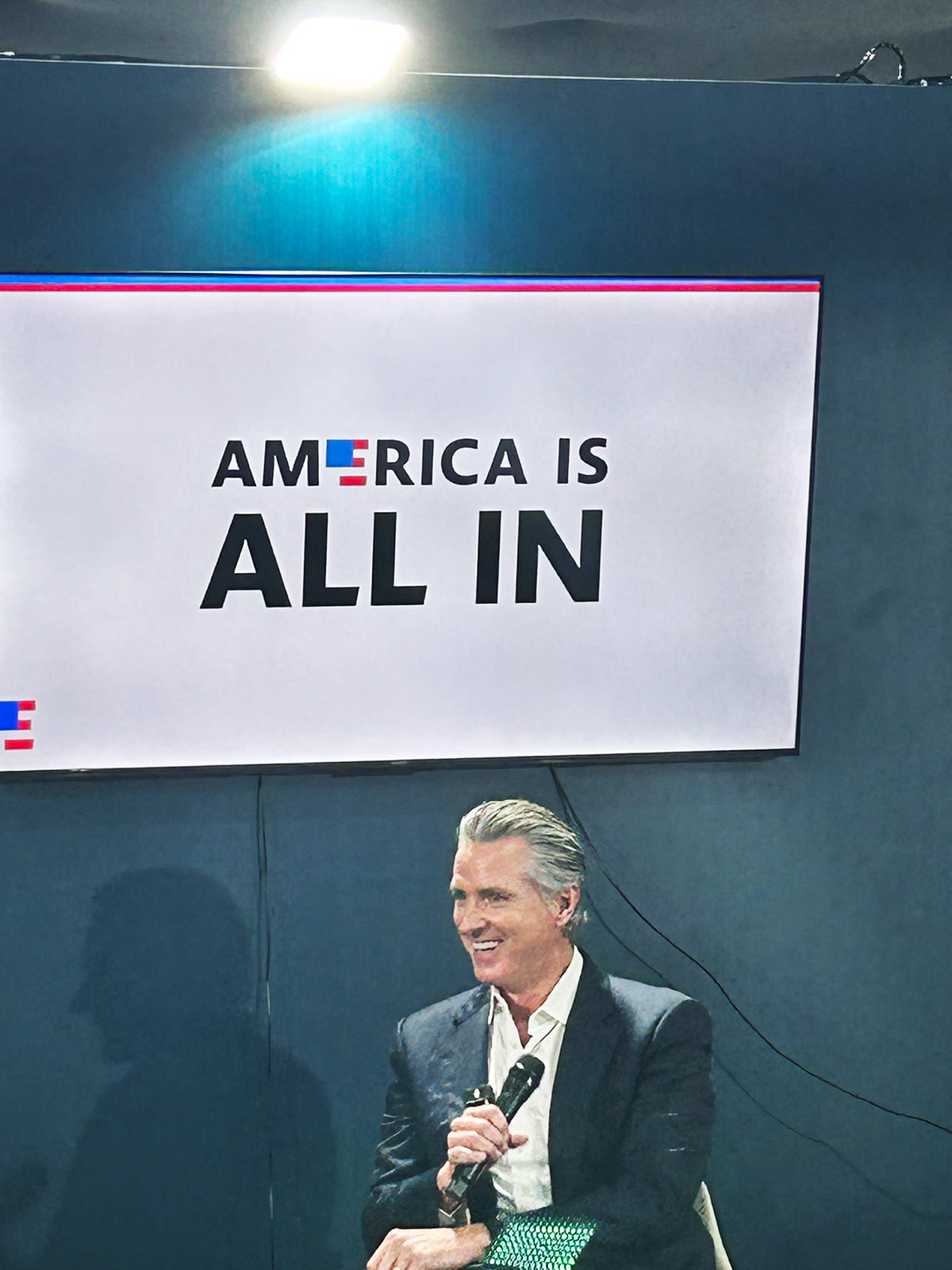Trends and challenges at this year’s COP30
Interview with Åsa Persson
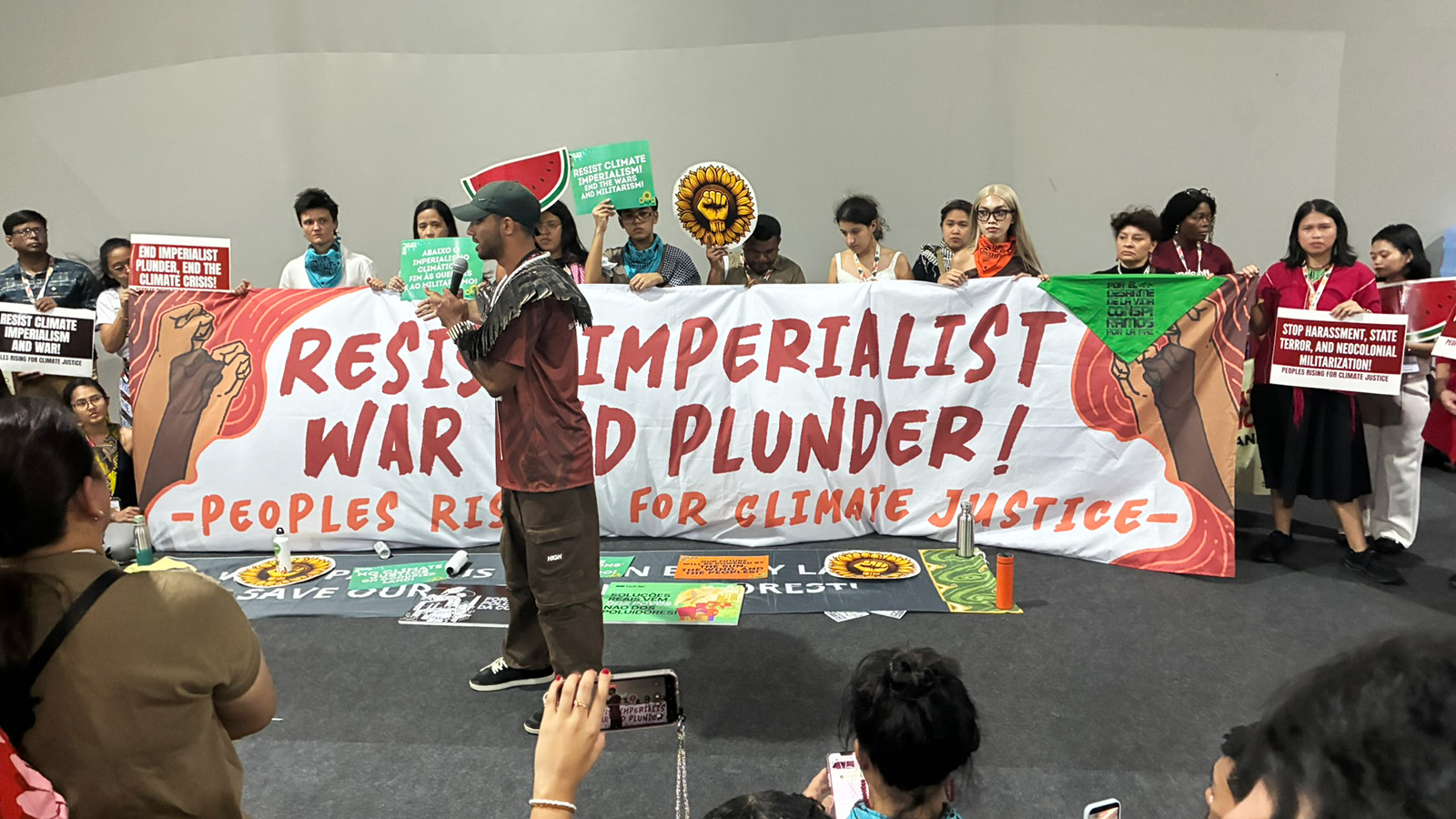
COP30 delivered no major breakthroughs to keep the Paris Agreement’s 1.5°C target within reach. Yet there were signs that global climate action continues to move forward, even against the current. Åsa Persson, KTH’s climate policy expert, followed the negotiations on the ground in Belém, Brazil.
“I’ve been attending COP meetings since 2007 and often have low expectations of what is actually decided. But the process is enormously important for bringing countries together, setting norms and mobilising engagement,” says Åsa Persson, Strategic Adviser at the KTH Climate Action Centre.
Despite the disappointment that a faster phase-out of fossil fuels was once again postponed, she saw advances. Among them was the fact that 194 parties managed to agree on striving for stronger implementation, despite tough geopolitical conditions and actors pushing to increase rather than reduce fossil fuel production.
“In the short term, the winners are the fossil-producing countries that blocked wording on a phase-out, while the countries most vulnerable to climate impacts arenegatively affected. But in the longer term, I am convinced that the forward-leaning countries that transition and build competitiveness for a fossil-free society will be the real winners,” she says.
Positive outcomes included decisions on a new fund for the protection of tropical rainforests, a commitment todirecting a larger share of climate finance to adaptation, and agreement that trade-related issues should receive more attention going forward.
Slow-moving negotiations
This year’s main issues focused on how the world can accelerate progress to meet the 1.5°C target, and whether countries could agree on faster emissions reductions, as well as more ambitious climate adaptation and climate finance. Joint commitments were absent, however, as many countries insisted that it is up to each nation to decide.
“The political will is faltering now that the US has once again left the Paris Agreement, and other countries are obstructing or downplaying the issue. The new national climate plans (NDCs) for 2035 also have far too low an ambition,” says Åsa.
The negotiations also revolved around financing climate action. Åsa explains that the goal set at COP29 – to mobilise up to 1.3 trillion dollars per year by around 2035 – still needs to be clarified, while better indicators for climate adaptation are also required.
“It seems clear that climate policy has become trade policy. Several countries want a share of the benefits from new fossil-free energy technologies, while the EU’s carbon border adjustment mechanism (CBAM) has faced criticism,” she says.
… but a different energy in the exhibition halls
While the negotiations moved slowly, there was a very different atmosphere in the large pavilions and exhibition halls, with lively discussions on concrete measures. Companies such as Scania and Ikea showcased climate solutions and emphasised the need for long-term policy. International organisations, NGOs, civil society and universities from around the world presented new collaborations and educational initiatives to support the transition.
“COP30 was inspiring precisely because of the full activity in the exhibition halls. It shows that the conferences play an important role in mobilising and encouraging concrete action,” says Åsa.
Absence of global leadership
Åsa Persson describes this year’s meeting as unusually lacking in leadership. In previous years, the US and China have driven progress through bilateral agreements, while the EU has taken on greater responsibility.
“US withdrawal from the negotiations under the Trump administration was not unexpected. But it was interesting to hear from the American states and companies participating under the slogan ‘America is still in’, not least California Governor Gavin Newsom. Most of the states are maintaining their climate transition despite federal policy going in the opposite direction,” she says.
More surprisingly, India, which had previously been a driving force, did not submit its national climate plan in time for the conference. China is currently leading one of the fastest energy transitions in the world and dominates value chains for renewable energy, but has also avoided taking a clear leadership role. However, discussions around strengthened collaboration between countries in the Global South are increasing.
Knowledge in question
While new research shows that global warming is progressing faster than expected and that climate impacts are becoming increasingly costly – according to the European Environment Agency, they cost Europe around 160 billion euros per year – misinformation is spreading, and even IPCC and IEA analyses are being challenged.
“Misinformation was the focus of a full thematic day at the conference, and it is important that the problem is acknowledged. Many also highlighted the need to communicate the economic benefits of climate transition and to reach households more directly. When the climate issue feels abstract, it is crucial to be concrete,” says Åsa.
KTH contributions
Åsa Persson participated as a representative of the Swedish Climate Policy Council and also presented KTH’s research in a seminar with Aalto University and NTNU, focusing on international cooperation for energy transitions in developing countries.
“It’s clear that KTH has a great deal to offer, both in research, education and innovation. Our Division of Energy Systems develops and applies modelling tools for energy and resource use, and these analyses are directly relevant to countries’ NDCs (climate plans),” she says.
“I hope that we will continue to take part in upcoming COP meetings in Turkey and Ethiopia.”
